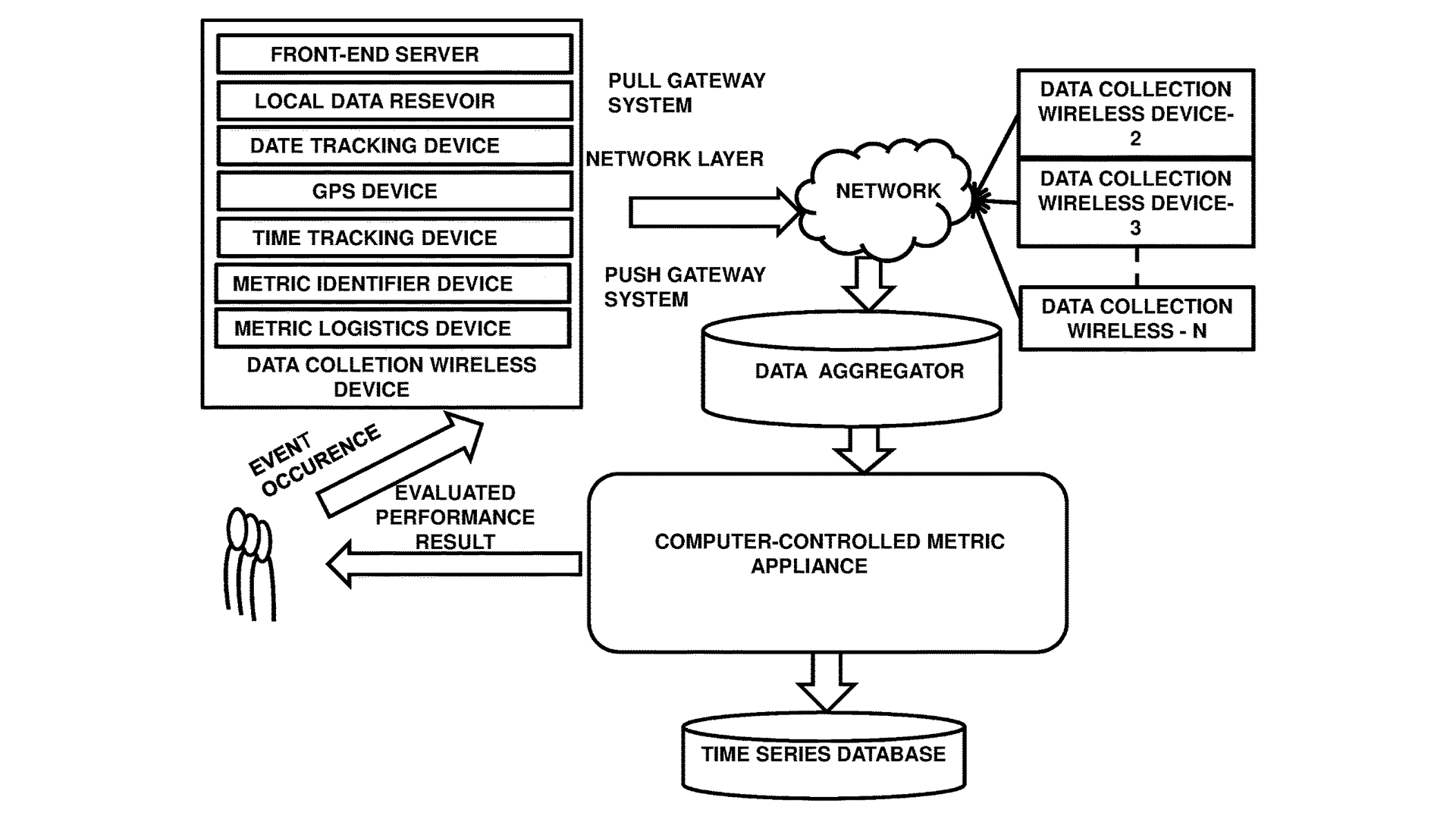
The technology described herein offers an innovation that digitally evaluates computer-executable and traceable performance metrics. With this technology, the intricacies involved in metrics assessment, such as the date, time, geo-coordinates, machine identification details, and performance data, are conveniently collected, organized, and processed. Such advancements pave the way for establishing accurate quality measures without the issues associated with manual data collection.
Significance of the Performance Evaluation Technology
A significant portion of this scenario is occupied by workflow systems that monitor digital task measurements across a vast network. With a range of tasks that need execution within specific parameters like time and location, having a reliable system of measurement becomes paramount. Additionally, these tasks often require an assortment of equipment and devices. The quality and efficiency of their performance are often gauged through specific metrics.
Existing Challenges in Task Measurement
To establish the quality measures or metrics for tasks, there’s a reliance on evaluating how efficiently tasks are executed by various devices or even manually by individuals. This process has birthed quality indices, which essentially function on the premise that if a task meets certain criteria, it correlates to a specific quality outcome.
However, the biggest hurdle stems from the manual collection of these quality measures. Manual interventions inherently come with risks of errors and inconsistencies. Human factors, lapses in judgment, or even the sheer volume of data points can lead to inaccuracies that could distort the integrity of the metrics.
Novel Approach to Performance Evaluation Metrics
The newly-introduced technology addresses the challenges discussed, paving the way for more precise and automated metric evaluations, particularly in the context of evaluation metrics. This technology has the capability to autonomously gather performance-related data, negating the need for manual interventions.
When data collection is initiated, the innovation utilizes advanced algorithms to create what is termed a metric queue. This queue is not just a data repository; it symbolizes a collection of performance indices, representing crucial parameters like timing, machine interactions, and effectiveness metrics.
The data undergoes a sophisticated aggregation process. It’s then presented to a high-functionality metric evaluation mechanism. This mechanism is adept at analyzing and interpreting the metric queue with a focus on evaluation metrics. Once the evaluation is complete, it ascertains whether the predefined performance benchmarks have been met or exceeded by the entity under observation.
By eliminating the challenges of manual interventions and human errors, the technology promises a more streamlined, efficient, and accurate way of evaluating metrics across a network of devices. The future of task measurement and quality control, thus, appears brighter and more reliable for senior healthcare leaders and experts in their field.
Advanced Functionalities of the Metric Evaluation Technology
This innovative technology possesses the ability to automatically gather and assess performance-related data from a designated machine operating within a device. This functionality moves beyond traditional methods by harnessing digital data from digital files, ensuring the highest level of precision. The data captured includes pertinent parameters such as date, time, geographical location, machine-specific details, and performance metrics.
Not only is data collected, but it’s also organized into a structured format called metric queues. This plays a pivotal role in summarizing and encapsulating machine performance for streamlined analysis.
Enhanced Network Communication
The technology is designed for interaction within a network of devices. Each device can freely communicate with other devices, establishing a cohesive and interconnected digital environment. This interconnectivity promotes data sharing, synchronization, and collaborative performance evaluation across multiple devices.
Data Aggregation and Retention
A significant feature is its data aggregation capability. Upon collecting the metric queues from a device, this data is locally stored for a set retention period, ensuring data availability for subsequent analysis without immediate expiration.
Comprehensive Metric Analysis
Central to this technology is the computer-controlled metric evaluation system. This system looks into the metric queues to extract actionable insights. It determines whether the established performance benchmarks have been achieved by the machine. The system works in tandem with a specialized time-series database. This database is equipped to handle metric queues that come with time and location stamps. The stored data is further organized into clusters based on key figure values, each corresponding to a specific computer-executable task.
These clusters are generated considering individual time periods, thereby facilitating a nuanced understanding of the task’s performance trajectory. This granularity ensures that task performances can be assessed against set benchmarks with chronological precision.
Enhancing Trust via Blockchain Capabilities
The novel technology can be fortified with a blockchain device (though not necessarily) that is integrated with the time-series database. This device may offer the sturdiness of a distributed digital ledger system, which has dual functions. First, it provides a secure space for storing trust notes, ensuring that data integrity is maintained. Second, it possesses the capability to create smart contracts that are associated with the metric queue, enhancing automation and trust in metric evaluations.
Continuous Metric Progress Tracking in Real-Time
A distinctive feature is the technology’s capability to track the progress of metrics over time. By utilizing both time and date tracking devices, it can ascertain whether a metric is pending, nearing completion, or progressing as expected. Such real-time tracking aids in proactive performance management and predictive analytics, anticipating potential delays or deviations.
In essence, the technological innovation redefines the landscape of digital metric evaluations. By interweaving advanced data collection, aggregation, analysis, and blockchain capabilities, it offers a holistic solution to the age-old challenges of performance measurement. The future of metric evaluations, with such innovations, promises efficiency, accuracy, and trust.
